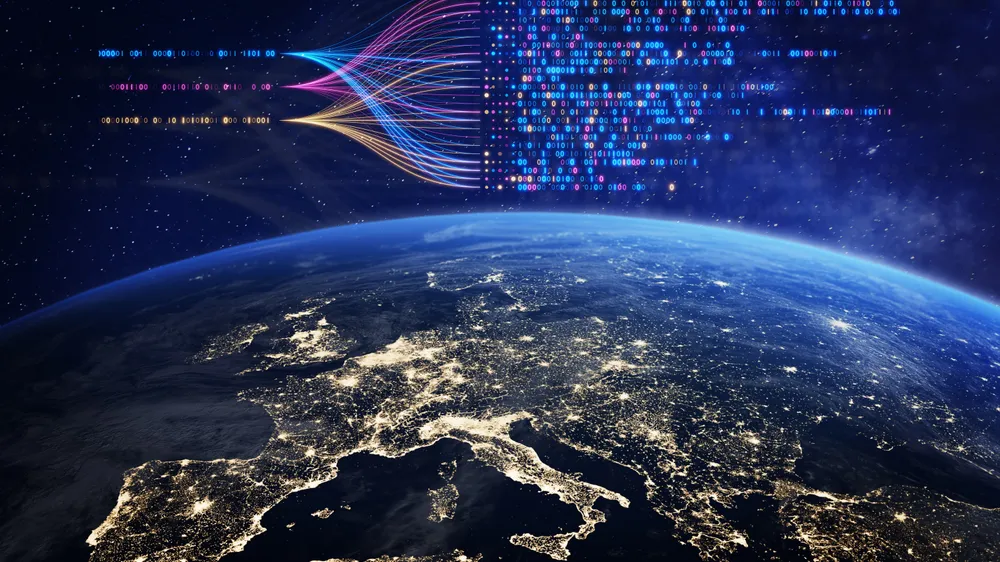
World Models: The New Agenda in AI Research
One of the latest ambitions of artificial intelligence research is to build “world models.” These function like a computational snow globe: a system carries within itself a small-scale representation of its environment, allowing it to test decisions and anticipate possible outcomes before applying them in the real world. This idea traces back to 1943, when Kenneth Craik suggested that if organisms carry a small-scale model of external reality inside their heads, they are able to act in a fuller, safer, and more competent manner. Variations of this approach have appeared across psychology, robotics, and machine learning, and today it sits at the center of artificial general intelligence research.
Yet today’s generative AIs do not form coherent “world models.” Instead, they appear to learn what amounts to “bags of heuristics” — disconnected and sometimes even contradictory rules of thumb. This makes them more fragile; for example, when just a small fraction of Manhattan’s streets are blocked, their performance collapses. Even so, simple “world models” could provide significant advantages in robustness, reliable reasoning, and making AI systems more interpretable.

